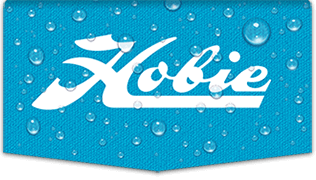Hello Bill:
I had the same problem as you but my pylons were in very bad shape so it was not only a problem of boat stiffness but also of boat integrity so I did not have much choice but to rebuild the whole thing.
If your problem is not so severe I´m sure In thish forum there are a lot of people with huge experience that can give you good advice on how to solve it not so drastically as I had to.
For obvious reasons I did not want to remove the old pylons and putting new ones and I did not have the cash to buy new hulls so:
I tried solving the problem by reshaping the pylons with an epoxy paste called quick steel ( I live in Europe I do not know if this stuff is available in the states, I´m sure there are dozens of similar products over there) I went out sailing with 15kn winds and a few waves and after two hours you could already see new worn areas where the epoxy was.
After searching around in the forums (

with no reply!) and talking to some friends and the maintenance guy in my company (who is used to weld alu) I decided to try and solve the problem by welding new alu on the worn areas. A friend of mine had broken his HC16´s front beam some time ago so I had access to the broken parts and I made two sheets of alu to fit them inside the worn pylons. Then we welded the new alu to cover the worn areas and the elongated holes were the bolts go throughfrom the outside right over the new sheets of alu and then reshaped the whole thing.
To prevent heat from damaging the hulls´structure we put wet rags where the pylon meets the fiberglass.
In order to give the whole thing more stiffness and to prevent friction between different parts (very important) we finished the job with a variation of the beer can method, instead of beer can material we got large sheets of thin alu from a print shop (around here they call them lito-sheets).
I have just finished the job so I cannot add any after sailing comments, but if you want I can post them as soon as I go out a couple times.
I hope I helped





